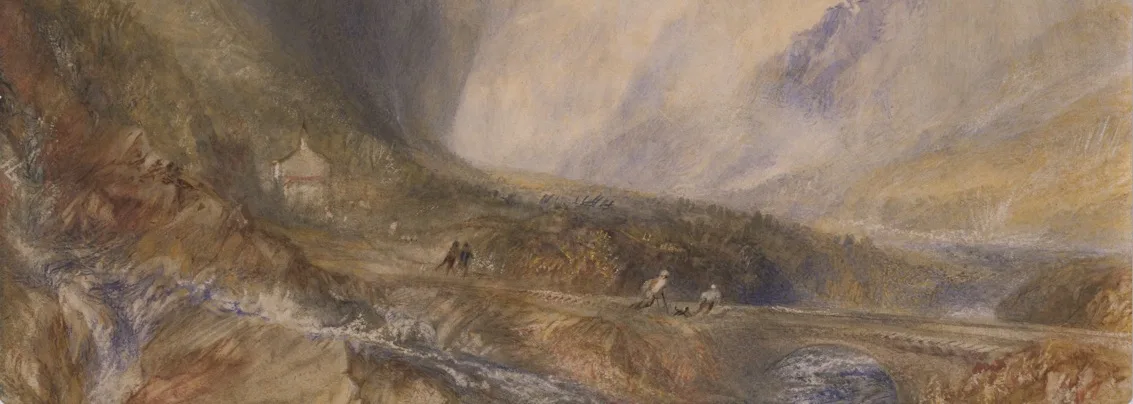Beautifully narrated by jewellery journalist Richa Goya Sikri, this collection of short stories is a truthful and emotional account of coloured gemstone mining in Africa since the 1960s. The stories have been compiled through personal interviews with the adventurous men and women who have shaped an industry that is now worth US$ 32.38 billion*.
Richa is a great storyteller and in this, her first book, she has devised a very clever plot. Although each story is independent from each other in No Stone Unturned, you’ll realise soon enough that many of them are connected by the people, the gemstones, the places and events surrounding this industry at the time.
Gemfields commissioned this book in 2020 for that very reason. Its CEO, Sean Gilbertson, explained to me, “The industry certainly has a rich past and it’s fair to say that it’s the people that make it so. We didn’t want to see these stories lost in the sands of time.”
Some stories will get you biting your nails, others will make you laugh and on occasion, your eyes may feel watery with emotion… or with contained laughter. For Gilbertson, the intention is clear, “I hope that the book goes some way to impart the sense of adventure, the thrill of the find and the raw passion that gemstone explorers have in order to do what they do. It makes each gemstone so special.”

Campbell Bridges feeding the camp mascot (Friday), which he had rescued himself, at Scorpion camp. Photo © Bruce Bridges
I was particularly touched by the story of Campbell Bridges (“Grossular Green”), considered the father of tsavorite mining in Kenya and Tanzania, who was brutally murdered in August 2009. “Scorpions and Raiders” introduced me to Naushad, and “For a Good Life” to Joseph Mbiri, a Kenyan, who, through sheer determination and grit, made a name for himself in the mining business against all odds.
Other individuals that impressed me in the book include Julius Petsch, arguably the man responsible for the value of tourmalines today and Shiv Shankar Gupta, without whom the emerald business in Zambia wouldn’t be where it is now. Gupta appears again in “The Panidars of Kagem”, a story that narrates how Gemfields came to be. In his candid interview with Sikri, Gilberston shares how difficult it was to get the company off the ground and build it into the successful business it is today.
In fact, his first gems auction as CEO of Gemfields in 2008 was a bit of a disaster and so he describes it. When I asked him about it, he admitted he had felt utterly frustrated that “it hadn’t run smoothly – kicking myself for not having seen the hurdles that would need to be overcome in order to do so.” He brought in Ian Harebottle as CEO. His skill and expertise were critical to the company’s development.

Emerald sort house team at Kagem Mining Ltd (February 2009), with former CEO, Ian Harebottle (in the middle, back row). Photo © Gemfields.
Today, things are very different. Gilbertson tells me that “Gemfields auctions are attended by some 50-60 of the most highly regarded gemstone professionals in the world. The gems are sold in a fully transparent manner, and taxes are paid in full on the sale price, not on a value assigned at the point of export. This means that auctions held by Gemfields have returned millions of dollars to the gemstone’s place of origin, and for the first time, these countries are seeing the true value of their mineral resource.”
Gemfields leads the way when it comes to environmental and social responsibility, even if that means higher costs and continuous lobbying for full transparency in the industry. “We are keen to instil in the industry a “mine-of-origin” model rather than the prevailing “country-of-origin” model. I would also like to see more companies publishing their “G- Factor for Natural Resources” – a measure of the percentage of a company’s revenue that is paid to the host country – and demonstrating their commitment to responsible business practices.”


From the left, rough Zambian emeralds and a cushion cut Zambian emerald. Photo © Gemfields.
After reading No Stone Unturned, not only you’ll learn a lot about gems but next time you are admiring a piece of jewellery adorned with colourful stones on a window display, you are likely to feel a connection – I did.
No Stone Unturned is available on Amazon and Waterstones among other retailers

Author: Julia Pasarón
(*) Value of the gemstone market in 2023. Data from Future Market Insights.
Opening image: Unheated Mozambican ruby. Photo © Richa Goyal Sikri.

















Show Comments +